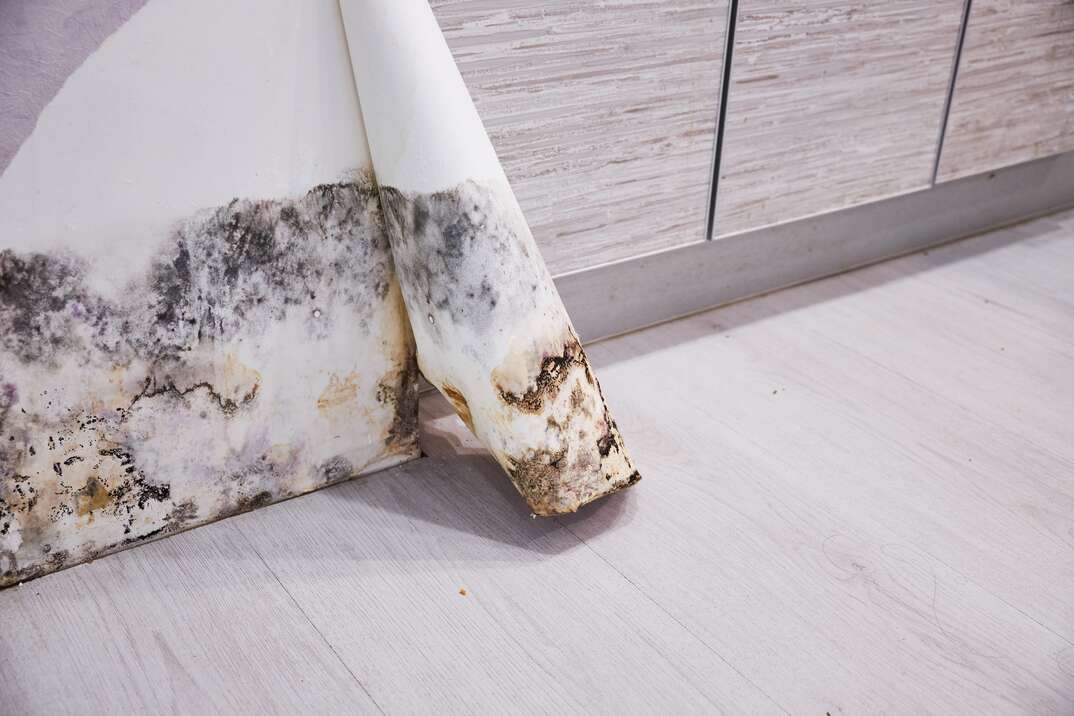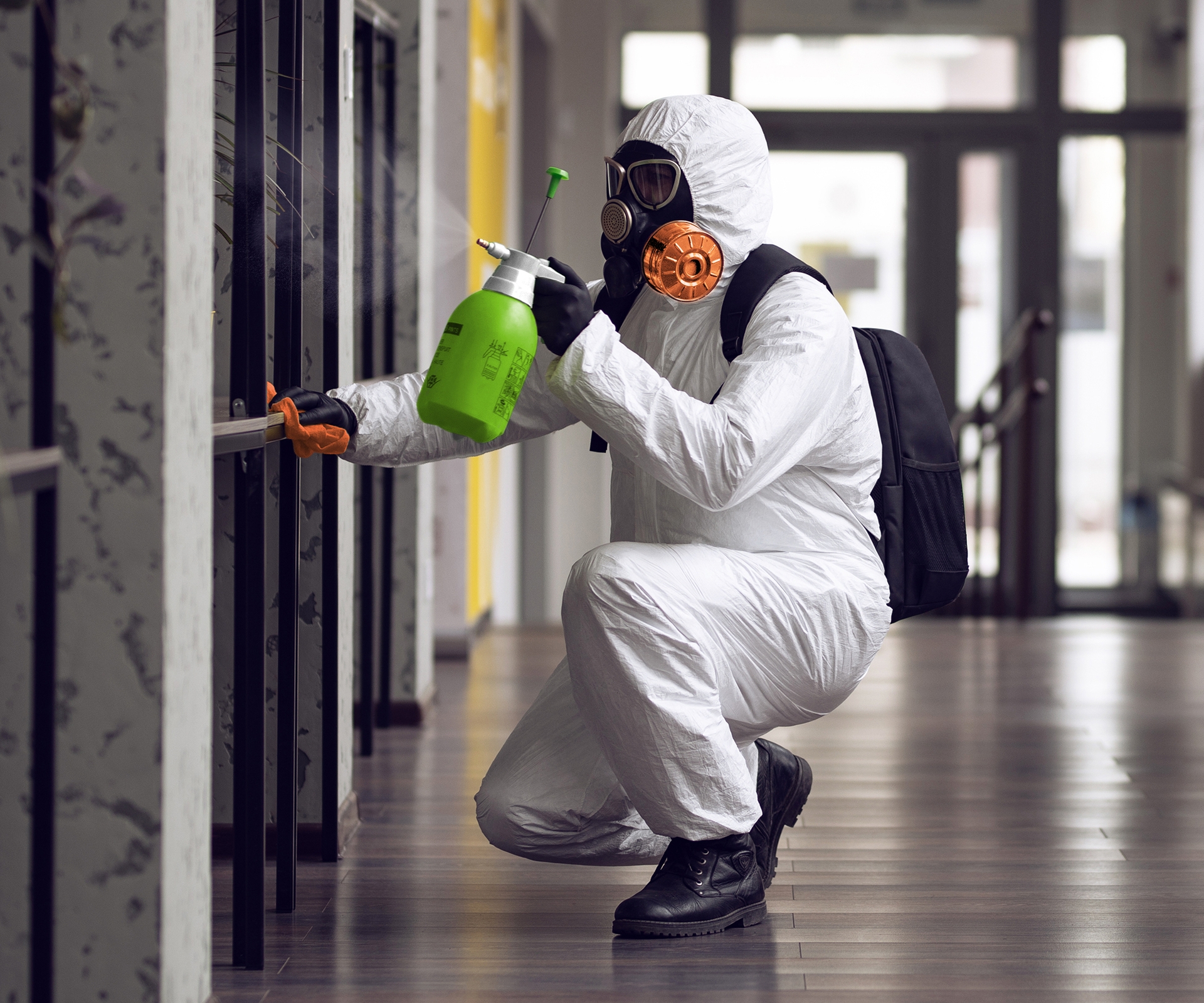Your Ultimate Overview to Article Mold Remediation Techniques
Browsing the realm of post-mold removal methods is a thorough process that requires focus to detail and an extensive understanding of the intricacies involved. In the results of mold and mildew invasion, recognizing how to successfully get rid of the mold and prevent its reoccurrence is extremely important for keeping a healthy indoor setting. From selecting the best cleansing and disinfecting approaches to implementing methods for long-lasting mold and mildew prevention, each action in the remediation journey plays a vital role in making sure a successful outcome. As we get started on this expedition of post-mold remediation methods, we will reveal the vital techniques and ideal techniques that can help you restore your room to its pre-mold problem and safeguard it against future mold and mildew risks.
Comprehending Post-Mold Removal Process
After completing the mold remediation process, it is important to understand the post-mold removal methods that are required to make sure a thorough and reliable cleaning. When the mold has been removed, the next action includes cleansing and sanitizing the influenced areas to prevent any kind of regrowth of mold and mildew.
In addition, conducting a final inspection post-remediation is important to guarantee that all mold has been efficiently eradicated. If the evaluation discloses any type of lingering mold and mildew, added removal might be needed.
Reliable Cleaning Up and Disinfecting Approaches

Avoiding Future Mold And Mildew Development

Significance of Proper Air Flow
Correct air flow plays a crucial duty in avoiding wetness build-up, an essential consider mold and mildew development within interior settings. Effective air flow systems help get rid of excess moisture from the air, reducing the chances of mold spores locating the wetness they require to sprout and spread. Without adequate air flow, indoor areas can come to be a breeding place for mold, bring about possible health and wellness risks and structural damage.
By guaranteeing proper air circulation, air flow systems can likewise assist in drying out wet areas a lot more rapidly after water damage or flooding cases, mold removal indoors further discouraging mold and mildew growth. what to do after mold remediation. Precede like restrooms, attic rooms, cooking areas, and basements where wetness degrees often tend to be higher, setting up and preserving reliable ventilation systems is crucial in preventing mold infestations

Surveillance and Upkeep Tips
Given the essential function that correct ventilation plays in preventing mold growth, it is important to develop effective tracking and maintenance ideas to make sure the continued performance of air flow systems. Surveillance humidity levels within the home remove mold in drain is also critical, as high humidity can add to mold development. By staying positive and mindful to the condition of air flow systems, building proprietors can efficiently reduce the threat of mold and mildew regrowth and maintain a healthy indoor environment.
Verdict
To conclude, post-mold removal methods are vital for making certain a clean and secure setting. Recognizing the procedure, carrying out effective cleaning and disinfecting approaches, preventing future mold and mildew growth, keeping appropriate ventilation, and regular monitoring are all essential action in the remediation process. By adhering to these standards, you can effectively remove mold and mildew and stop its return, functioning or promoting a healthy and balanced living area for all occupants.
In the after-effects of mold and mildew invasion, understanding just how to efficiently eradicate the mold and avoid its reoccurrence is paramount for preserving a healthy indoor atmosphere. Once the mold has actually been removed, the following step entails cleaning and sanitizing the impacted areas to prevent any type of regrowth of mold - what to do after mold remediation. After getting rid of noticeable mold and mildew growth, it is important to cleanse all surface areas in the afflicted area to eliminate any type of staying mold and mildew spores. To even more enhance mold and mildew prevention steps, it is necessary to address underlying concerns that originally led to mold development.Offered the important role that correct air flow plays in stopping mold growth, it is essential to develop efficient monitoring and upkeep tips to make certain the ongoing capability of ventilation systems